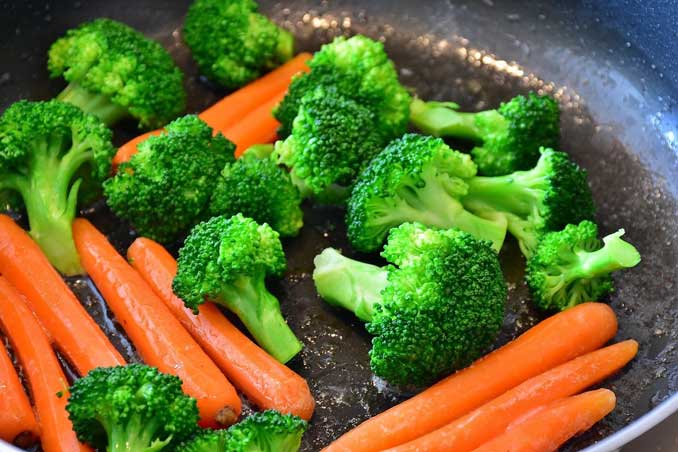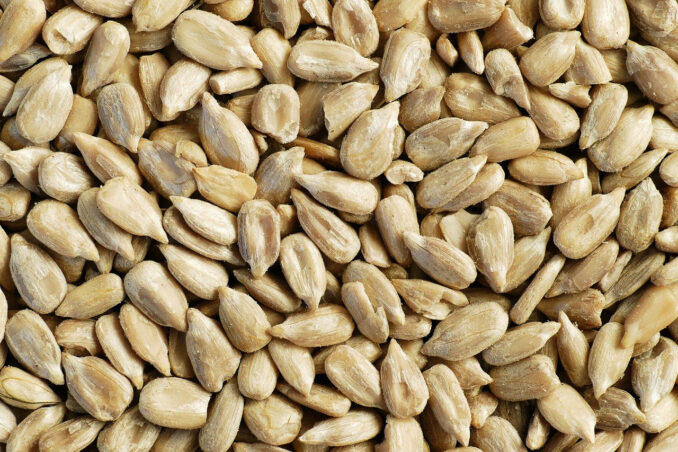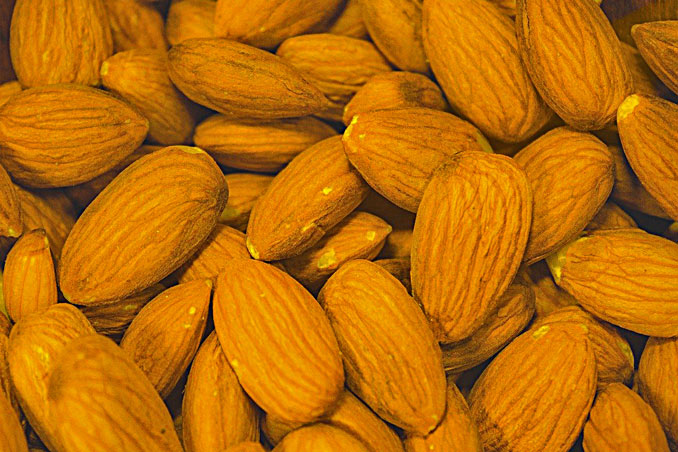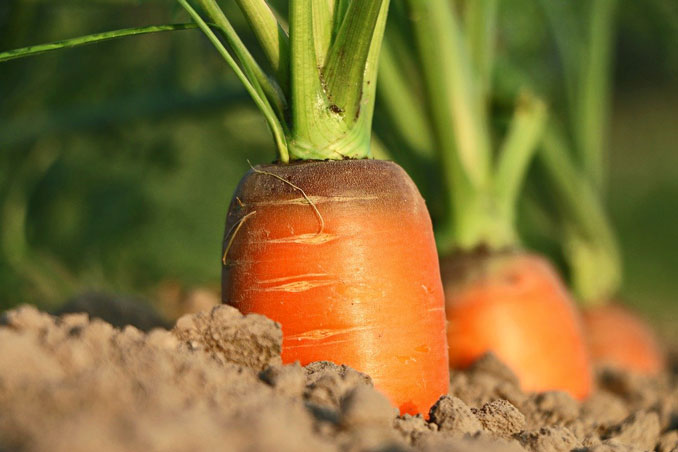
Superfood is a marketing term that identifies foods that are claimed to contain exceptional nutrient density. Many experts, such as nutrition scientists and dietitians don’t use the term “superfood” professionally speaking, and may even technically dispute the justification of categorizing a food as a superfood. Nevertheless, upholding good eating habits is hard for many people, and the marketing attraction with the thought of a superfood can motivate people to make smart food choices while finding the right foods with a little extra nutritional knowledge.
Here’s why “superfoods” can help your diet.
Most people have heard of “superfoods” but aren’t totally clear on their true meaning and how they supplement good eating habits. If experts aren’t sure what they are, how can we expect everyone else to understand the definition of a superfood. First of all, these foods are not magical fixes for energy, the reduction of chronic disease risk or weight loss, but their natural properties make them attractive to people trying to improve personal health habits and well-being.
In 2007, the marketing of products as “superfoods” was prohibited in the European Union unless a specific authorized health claim supported by credible scientific research accompanied the food labeling. Some experts avoid the term “superfood” and instead refer to the phrase “nutrient density.”
Without getting too technical, it’s fairly easy to comprehend that white bread, crackers, pretzels and licorice are not superfoods. It’s unprocessed foods, such as fruits, vegetables and nuts, that are more likely to be superfoods.

What Are Superfoods?
Superfoods are defined as foods that contain an extraordinary amount of minerals, vitamins, and antioxidants — foods with high-density nutrients.
Many different types of foods hold the “superfood” distinction in the food and health marketing world, and many of these foods are in the same category known as nutrient dense foods or PFVs (Powerhouse Fruits and Vegetables).
Here they are (in general marketing terms):
Fruit and berries: apples, avocados, acai berries, kiwi, goji berries
Vegetables: bok choy, kale, pumpkin, tomatoes, seaweed, chard, cauliflower, beets, sweet potatoes
Nuts, spices, seeds, and grains: almonds, cacao, ginger, cinnamon, chia seeds, pistachios, flax seeds, quinoa
Protein: beans, eggs, lentils, salmon, greek yogurt

At least one food manufacturer claims that processed beef jerky contains enough nutrients to be considered a bonafide superfood in an article that downplays the risks of nitrates, nitrites, and MSG (as long as they are in small quantities). Regarding beef jerky as a superfood, it’s the high protein (nutrient density) of beef jerky with low carbohydrate content that scores votes for jerky as a superfood. Low carbohydrates, low total calories, and high protein promotes stable blood sugar levels, which can promote alertness, good energy levels, and promote physiological conditions that might prevent diabetes or alleviate severe conditions that lead to diabetes. See the bottom of this article for a list of 41 foods that score high for nutrient density, according to a scholarly article referred to by the Centers for Disease Control (CDC).
Declared Benefits of Superfoods
“Superfoods” Offer Superior Nutrients
A phrase like that without specifics can get claim-making people in trouble. Vitamin C is Vitamin C. The amino acid Arginine is Arginine. One food doesn’t have better quality Vitamin C or Arginine than the other, but the food may have more quantity, or it may involve better delivery of a particular nutrient without interference from other molecules.
So what are the benefits of all these foods? Primarily, superfoods contain high levels of crucial nutrients. They offer a steady supply of vitamins, minerals, and even molecules with antibiotic properties. People with serious nutrient deficiencies may suffer from crippling diseases or conditions such as anemia, and goiter or general weakness, but remembering to include adequate nutrients into one’s diet can offset these issues.
“Superfoods” Protect Your Immune System
In the middle of a global pandemic filled with unknown variants, keeping your body prepared against pathogens is essential. Scientists are continuously looking for nutrients that show a connection with resistance to viruses and diseases. Researchers are also always looking for a link between cancer cell destruction and diets that contain nutrients that interfere with cancer progression. Additionally, the fiber and phytochemicals found in superfoods reduce risks of high cholesterol, inflammation, cardiovascular diseases, heart disease, and underperforming metabolism.
“Superfoods” Combat Effects Of Aging
Superfoods with antioxidant properties may help slow down cellular destruction. Foods with the antioxidants selenium, vitamin E, and vitamin C have been proven to decrease the damaging effect of the sun on the skin, and prevent further damage. Dietary sources of the mineral selenium include whole grain cereals, seafood, garlic, and eggs. Vitamin E is found in peanuts, almonds, sunflower seeds, and red bell pepper. Vitamin C is found in vegetables and citrus fruits.
Understanding why superfoods are important for a healthy diet helps you create good eating habits that promote longevity and happiness. Thanks to these useful foods, you can begin making healthy lifestyle changes that benefit your physical and mental well-being.
^^ MOBILE? USE VOICE MIC ^^
facebook …
Please ‘LIKE’ the ‘Arlington Cardinal Page. See all of The Cardinal Facebook fan pages at Arlingtoncardinal.com/about/facebook …
Help fund The Cardinal Arlingtoncardinal.com/sponsor
20240105-1435future
THANKS FOR READING CARDINAL NEWS
In June 2014, the Centers for Disease Control (CDC) cited a research article published in the scientific journal Preventing Chronic Disease which included 41 nutrient dense foods. Powerhouse fruits and vegetables (PFV), foods most strongly associated with reduced chronic disease risk, are described as green leafy, yellow/orange, citrus, and cruciferous items, but the explains that a clear definition of PFV is lacking. Defining PFV on the basis of nutrient and phytochemical constituents is suggested. However, uniform data on food phytochemicals and corresponding intake recommendations are lacking. This article describes a classification scheme defining PFV on the basis of 17 nutrients of public health importance per the Food and Agriculture Organization of the United Nations and Institute of Medicine (ie, potassium, fiber, protein, calcium, iron, thiamin, riboflavin, niacin, folate, zinc, and vitamins A, B6, B12, C, D, E, and K).
Forty-one foods ranked according to a nutrient density score for dietary consumption that may reduce the risk of chronic disease risk.
Watercress 100.00
Chinese cabbage 91.99
Chard 89.27
Beet green 87.08
Spinach 86.43
Chicory 73.36
Leaf lettuce 70.73
Parsley 65.59
Romaine lettuce 63.48
Collard green 62.49
Turnip green 62.12
Mustard green 61.39
Endive 60.44
Chive 54.80
Kale 49.07
Dandelion green 46.34
Red pepper 41.26
Arugula 37.65
Broccoli 34.89
Pumpkin 33.82
Brussels sprout 32.23
Scallion 27.35
Kohlrabi 25.92
Cauliflower 25.13
Cabbage 24.51
Carrot 22.60
Tomato 20.37
Lemon 18.72
Iceberg lettuce 18.28
Strawberry 17.59
Radish 16.91
Winter squash (all varieties) 13.89
Orange 12.91
Lime 12.23
Grapefruit (pink and red) 11.64
Rutabaga 11.58
Turnip 11.43
Blackberry 11.39
Leek 10.69
Sweet potato 10.51
Grapefruit (white) 10.47
See also …
Di Noia, J. Defining powerhouse fruits and vegetables: a nutrient density approach. Prev Chronic Dis. 2014 Jun 5;11:E95. doi: 10.5888/pcd11.130390.
National Library of Medicine
Di Noia J. Defining powerhouse fruits and vegetables: a nutrient density approach. Prev Chronic Dis. 2014 Jun 5;11:E95. doi: 10.5888/pcd11.130390. PMID: 24901795; PMCID: PMC4049200.

